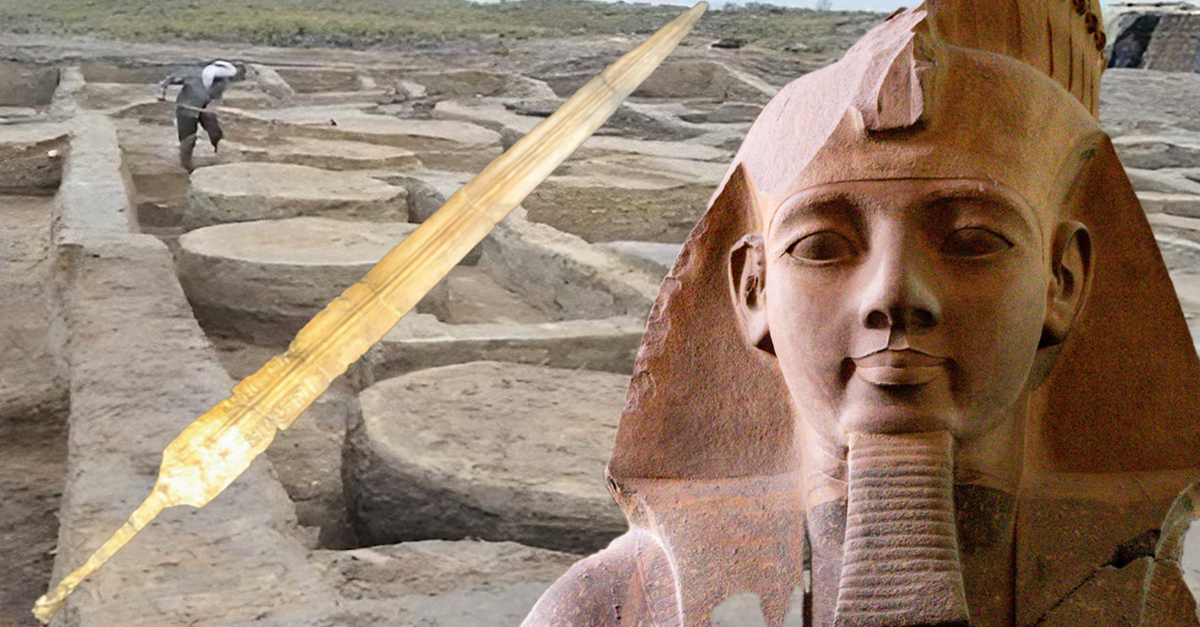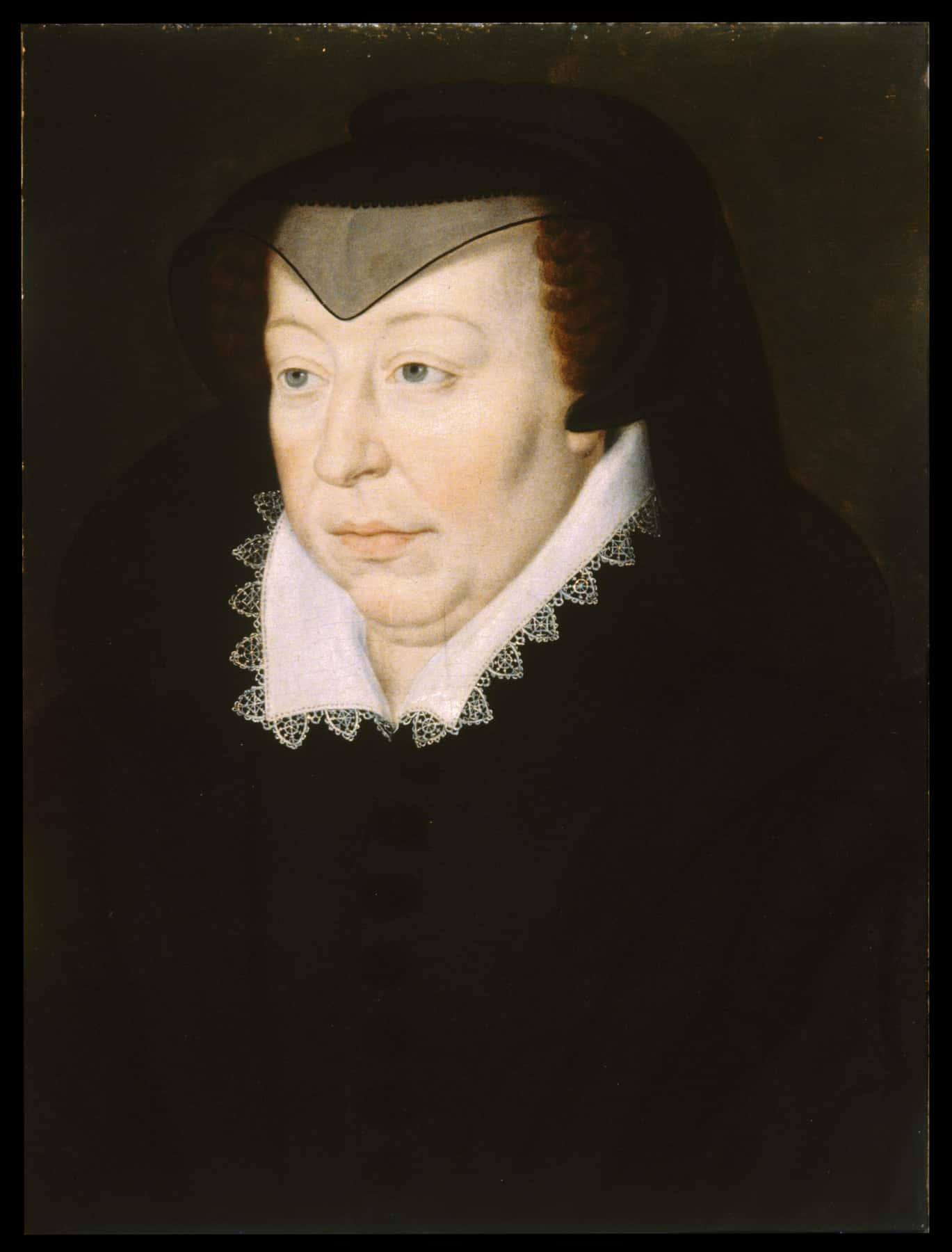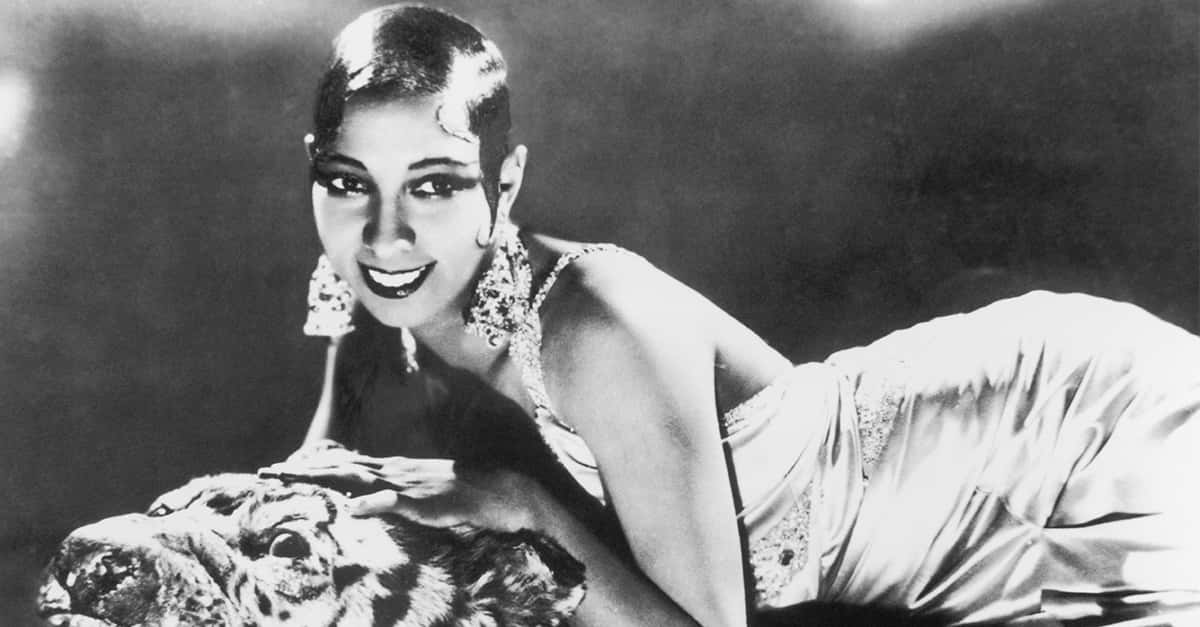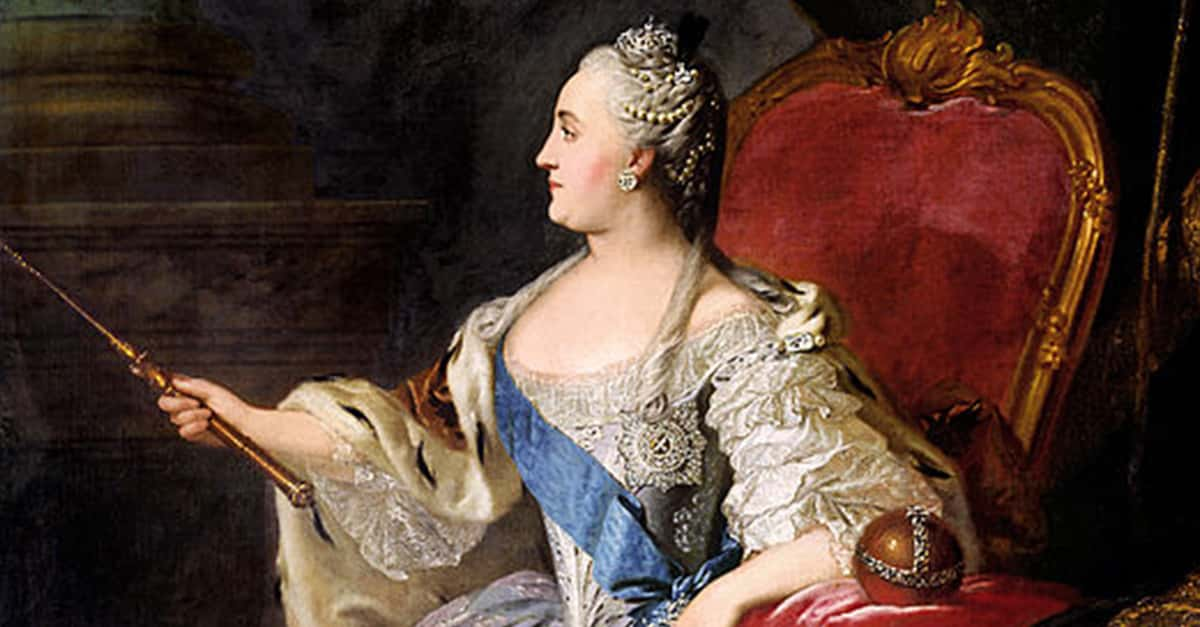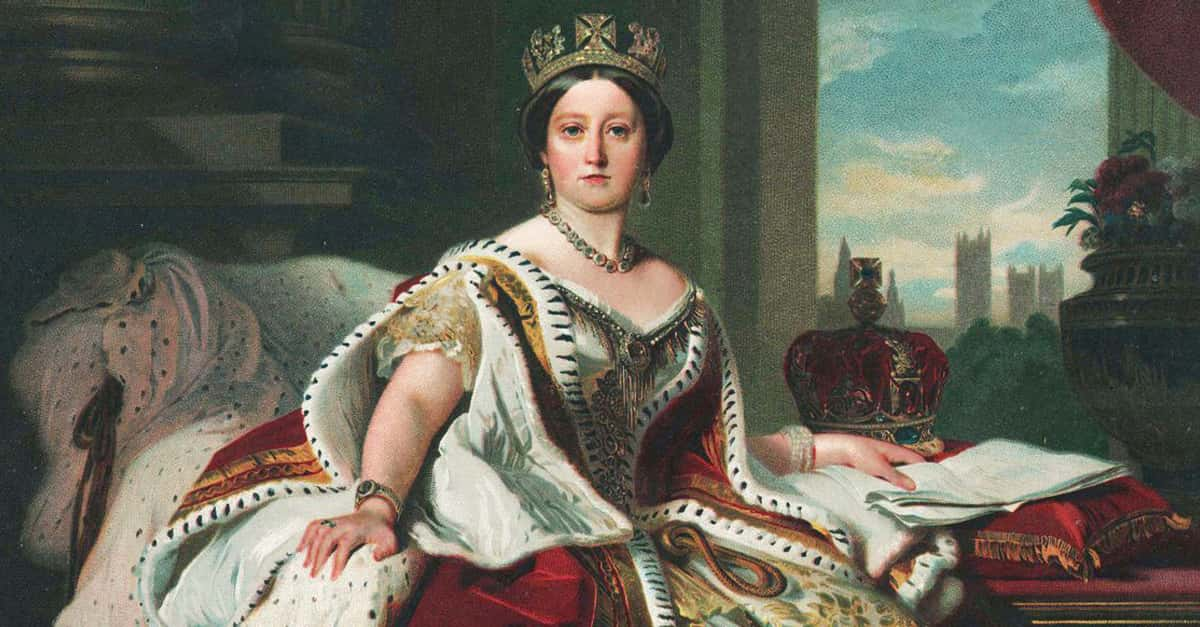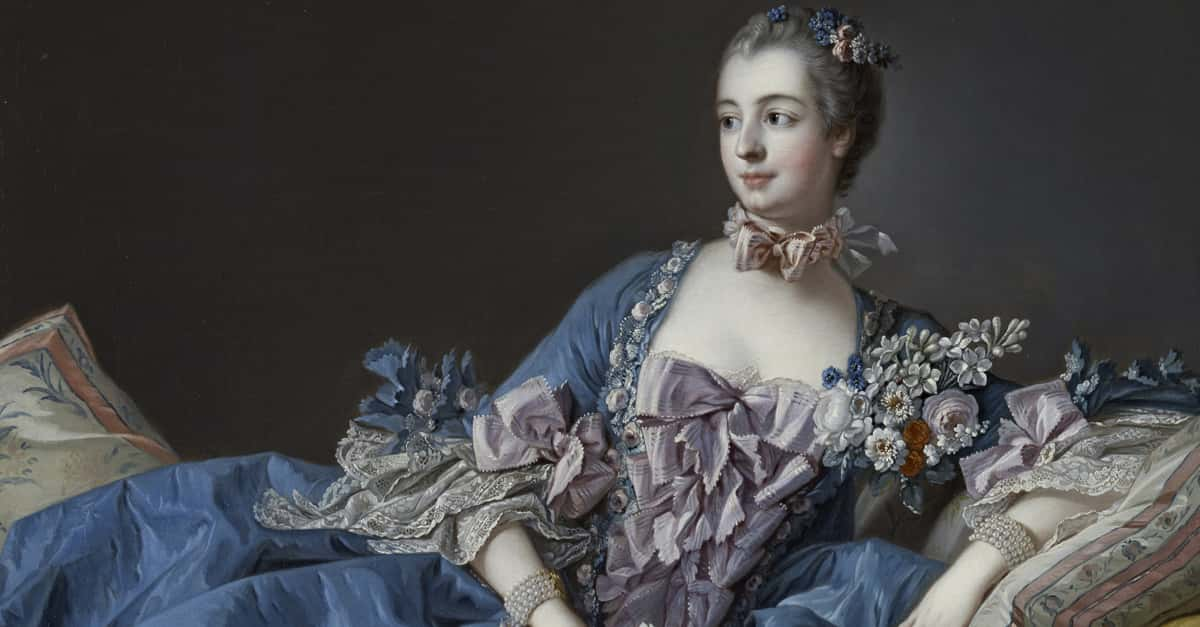In 2023, archaeologists working near the town of Nördlingen in Bavaria made an extraordinary discovery. While excavating a Bronze Age burial site, they uncovered a 3,000-year-old sword so well-preserved that it gleamed when removed from the earth. The find offers a rare glimpse into the advanced metallurgy and ceremonial practices of ancient Central Europe.
A Rare Octagonal Blade
The sword, crafted with a distinctive octagonal hilt and blade base, immediately stood out for its uniqueness. Bronze swords from this era are uncommon, but the shape and condition of this weapon set it apart. Experts believe it may have belonged to a high-ranking warrior or noble, given the craftsmanship and burial context.
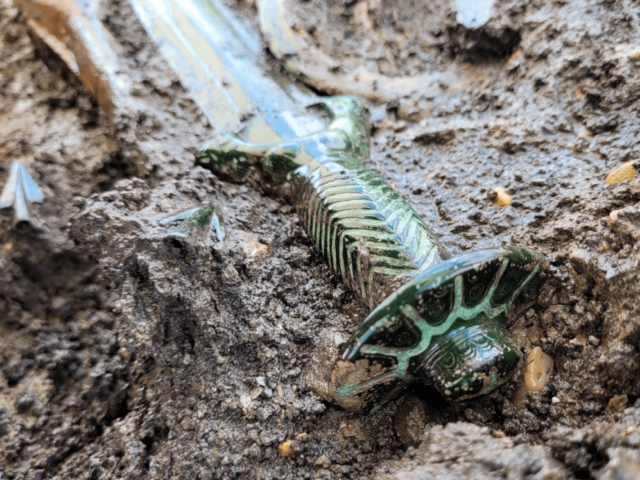 Dazzling ancient Bronze Age ‘King Theoden’ sword found in Germany, Hidden History, YouTube
Dazzling ancient Bronze Age ‘King Theoden’ sword found in Germany, Hidden History, YouTube
A Burial Rich In Significance
The sword was found in a grave alongside the remains of a man, woman, and child. The trio appeared to have been interred at the same time, though the nature of their relationship remains under investigation. The presence of such a prestigious object suggests the burial had strong ceremonial or symbolic meaning—possibly representing a powerful family or clan.
Evidence Of Masterful Craftsmanship
What astonished researchers was the sword’s remarkable condition and luster. Despite its age, the blade showed minimal corrosion. Archaeologists and metallurgists attribute this preservation to the skill of the swordsmith and the alloy composition. Bronze Age smiths had a deep understanding of tin-copper ratios, casting techniques, and polishing methods.
Insights Into Bronze Age Society
The sword is more than a weapon; it is a symbol of status, authority, and artistry. Such artifacts help historians understand the social hierarchy, warfare, and trade networks of the time. The use of high-quality materials and intricate shaping indicates access to advanced technology and regional or long-distance trade for sourcing metals.
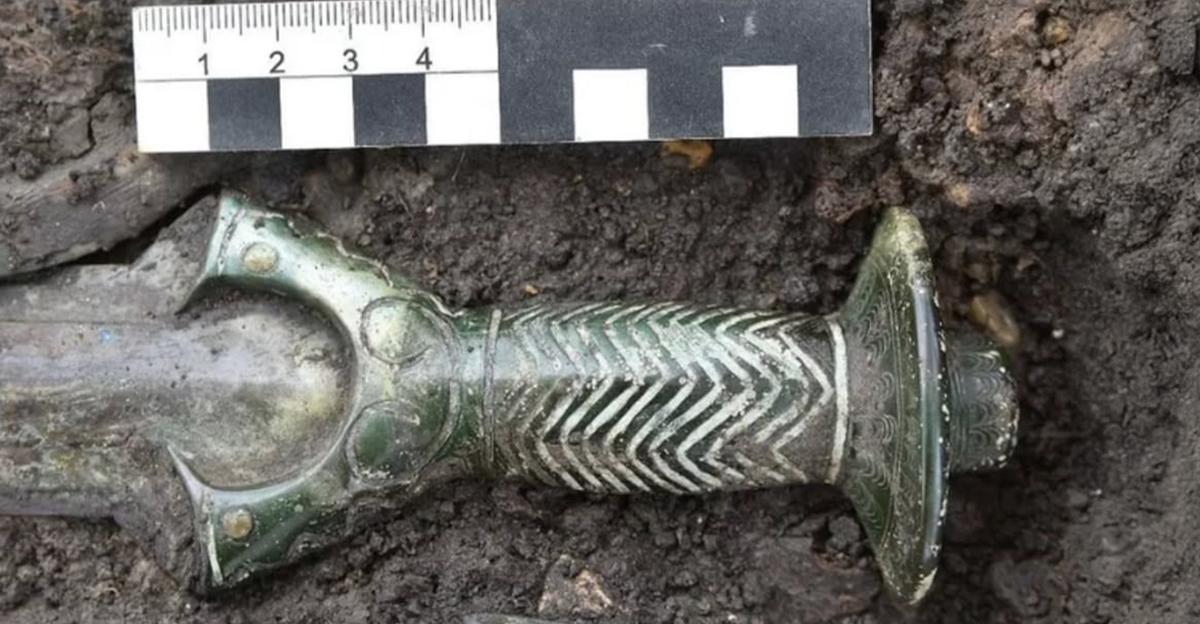 Dazzling ancient Bronze Age ‘King Theoden’ sword found in Germany, Hidden History, YouTube
Dazzling ancient Bronze Age ‘King Theoden’ sword found in Germany, Hidden History, YouTube
Dating And Cultural Context
Experts date the sword to the 14th or 13th century BC, placing it firmly within the Late Bronze Age Urnfield culture, known for cremation burials and the spread of metalwork innovation across Europe. The location and style also suggest connections between southern Germanic tribes and other Central European peoples.
Scientific Analysis And Conservation
The sword was immediately transferred to a conservation laboratory where specialists began non-invasive imaging and metallurgical testing. Researchers hope to uncover more about the blade’s construction, including whether it was cast in a single mold or assembled in sections—a key question in Bronze Age metallurgy studies.
Public Interest And Museum Plans
News of the discovery spread quickly, sparking excitement across Germany and beyond. Plans are already in motion for the sword to be displayed at the Bavarian State Archaeological Museum, where it will anchor a future exhibit on Bronze Age warfare, craftsmanship, and burial customs. Educational programs and digital reconstructions are also in development.
A Weapon With A Story To Tell
Though it may never be known who wielded the sword, its story continues to unfold. From its role in a prehistoric burial to its gleaming condition after 3,000 years underground, the blade is a silent testament to the sophistication and legacy of Bronze Age artisans. It embodies both the human need for protection and the cultural desire to create beauty and meaning through objects.
A Sparkling Link To The Distant Past
The octagonal sword found in Nördlingen is a dazzling reminder of human ingenuity in the ancient world. As scientists and historians study its details, the weapon offers invaluable insights into a civilization that thrived long before written records, yet left behind brilliance in bronze that still shines today.
You May Also Like:
Explorers uncovered a 3,600-year-old Egyptian tomb belonging to a mysterious long-lost dynasty.
Ancient Facts About Stonehenge, England's Most Mysterious Site



